In agricultural planting, orchard renovation, and infrastructure site leveling, traditional operations often require a loader to move materials before
switching to a rotary tiller for soil preparation. This requires frequent equipment changes, occupies a large area of land, and increases labor and
time costs. To address this industry pain point, our company, leveraging years of expertise in skid-steer loaders, has launched a new skid-steer
loader equipped with a rotary tiller. This integrated skid-steer loader combines three functions: material transfer, site clearing, and soil tillage,
providing a more efficient solution for agriculture and infrastructure.
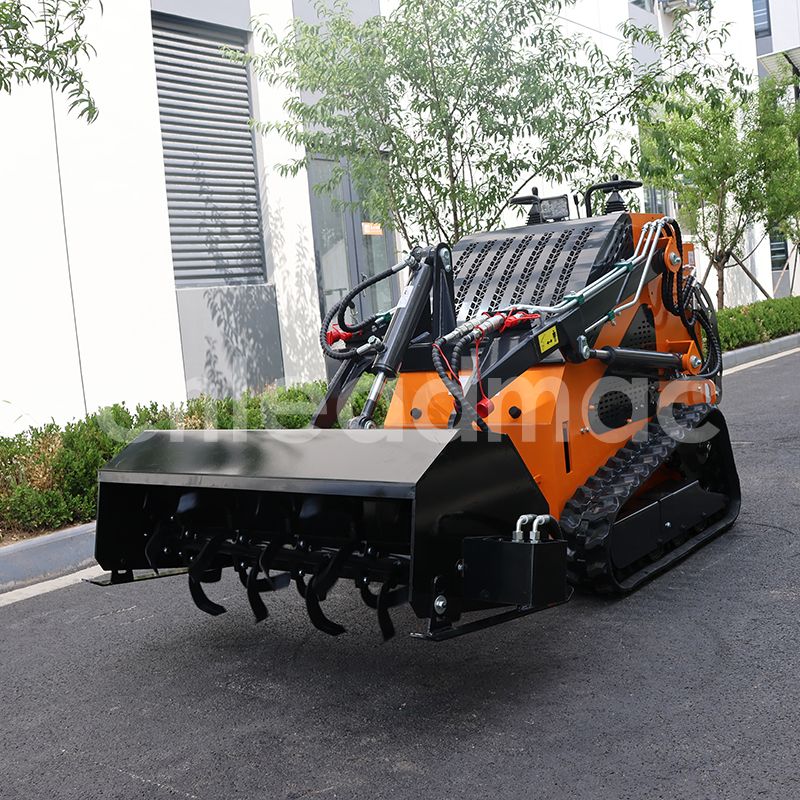
1. Customizable rotary tiller design for superior tillage performance and durability.
Multiple specifications of rotary tiller blades are available to suit different soil types: The rotary tiller covers widths from 1.2 to 1.8 meters, allowing
for flexible selection based on the width of the worksite. The blades are constructed from 65Mn spring steel and undergo high-frequency quenching,
achieving a hardness of HRC50 or higher. They can easily break up compacted soil in ordinary farmland and handle gravel-laden plots in orchards and
nurseries, preventing blade breakage. The blade shaft speed is adjustable (200-300 rpm). Shallow tillage (5-10 cm) is suitable for loosening the soil before
sowing, while deep tillage (15-25 cm) is suitable for soil improvement in orchards and foundation leveling at infrastructure construction sites, meeting
diverse tillage needs.
Anti-weed entanglement + optimized soil fragmentation minimizes operational interruptions: Anti-weed baffles are installed on the
sides of the rotary tiller to prevent weeds from entangled with the blade shaft and causing equipment jams. The blade group layout adopts a spiral
staggered design, achieving a soil fragmentation rate of over 90%. The surface flatness error after tillage is less than 3cm, eliminating the need for secondary
harrowing and allowing direct application for seeding, planting, or foundation laying.
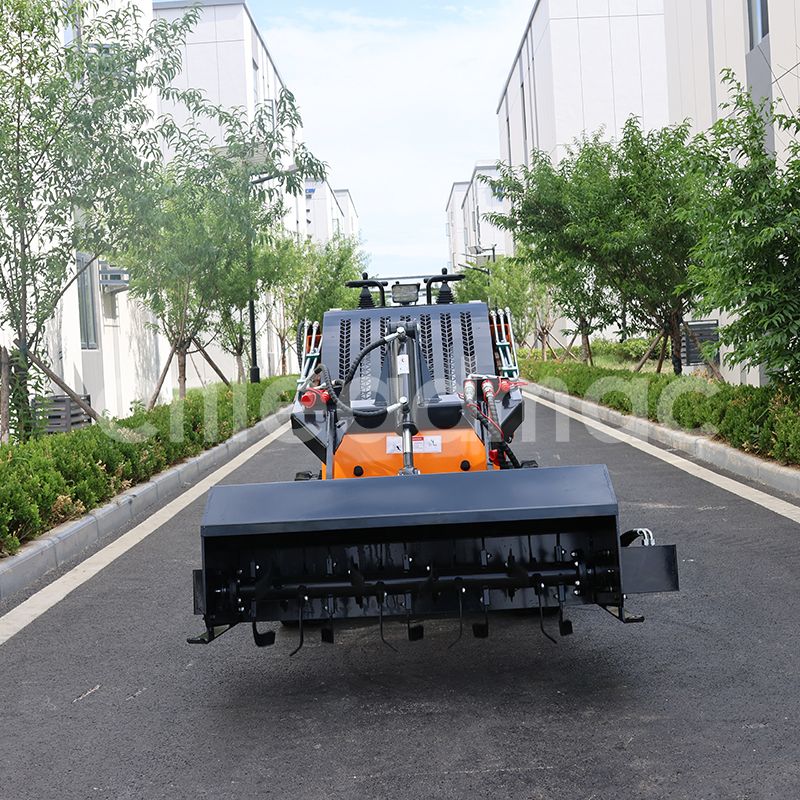
2. Wheeled and crawler models for different applications
The wheeled version: Equipped with an adjustable 8-19.2kW motor and 188.5-8 or 238.5-12 wear-resistant tires, it has a minimum turning radius of only 2000mm
and is suitable for hard or slightly soft surfaces such as plain farmland, greenhouses, and municipal green belts. For example, in greenhouse vegetable cultivation,
the machine can first use the sliding function to clear fallen branches and leaves, then switch to rotary tillage mode to loosen the soil, and finally transfer organic
fertilizer, all without changing the equipment.
Tracked versions: feature 180*72*35 or 180*72*45 rubber tracks with a contact length of 900-1350mm and a maximum
ground clearance of 230mm. These tracks evenly distribute weight and prevent the machine from sinking in complex terrain, such as mountain orchards, hilly
farmland, and muddy infrastructure construction sites. The tracks' anti-slip treads enhance grip, ensuring stability even on slopes.
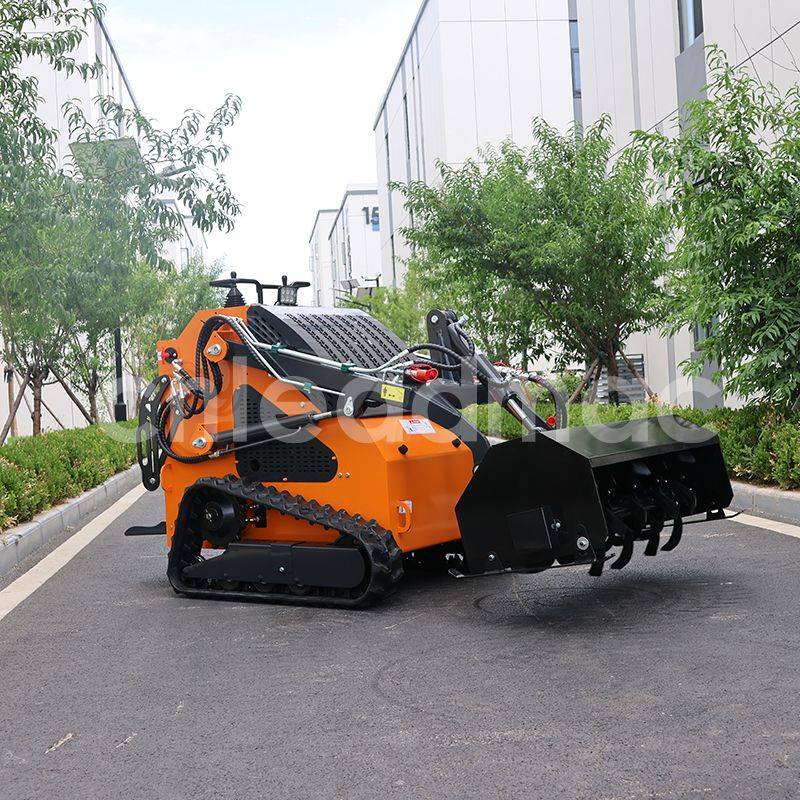
3. One-touch switching + multi-attachment compatibility maximizes equipment utilization.
The tiller and skid loader's control systems are deeply integrated.
The minimalist center console in the cab allows users to start/stop tilling, adjust speed, and raise/lower the tool, requiring no additional training. Furthermore,
the device retains its original attachment interface, allowing for quick switching between buckets, grapple buckets, and dozer blades (compatible with a full
range of accessories, including Lawnmower Forks, Now Plough, and Dril Rod). For example, agricultural users use rotary tillers to cultivate the land in spring,
switch to grab buckets for fruit handling in summer, and add snowplows to clear field paths in winter. Infrastructure users use rotary tillers to level the ground
during the day and dozers to clear construction waste at night. This truly achieves "one machine for multiple uses, year-round."
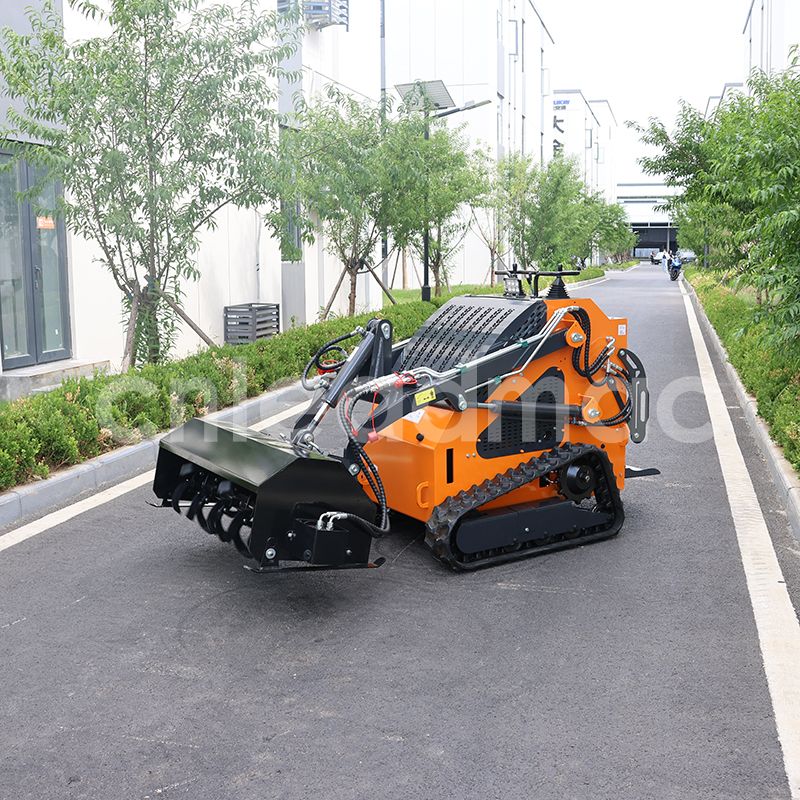
4.Application Scenarios
Agricultural Tillage: Used for deep tillage, seedbed preparation, and crop residue management.
Landscaping: Used for land leveling and gardening in orchards and nurseries.
Municipal Engineering: Used for small-scale land preparation and restoration work in parks and green belts.
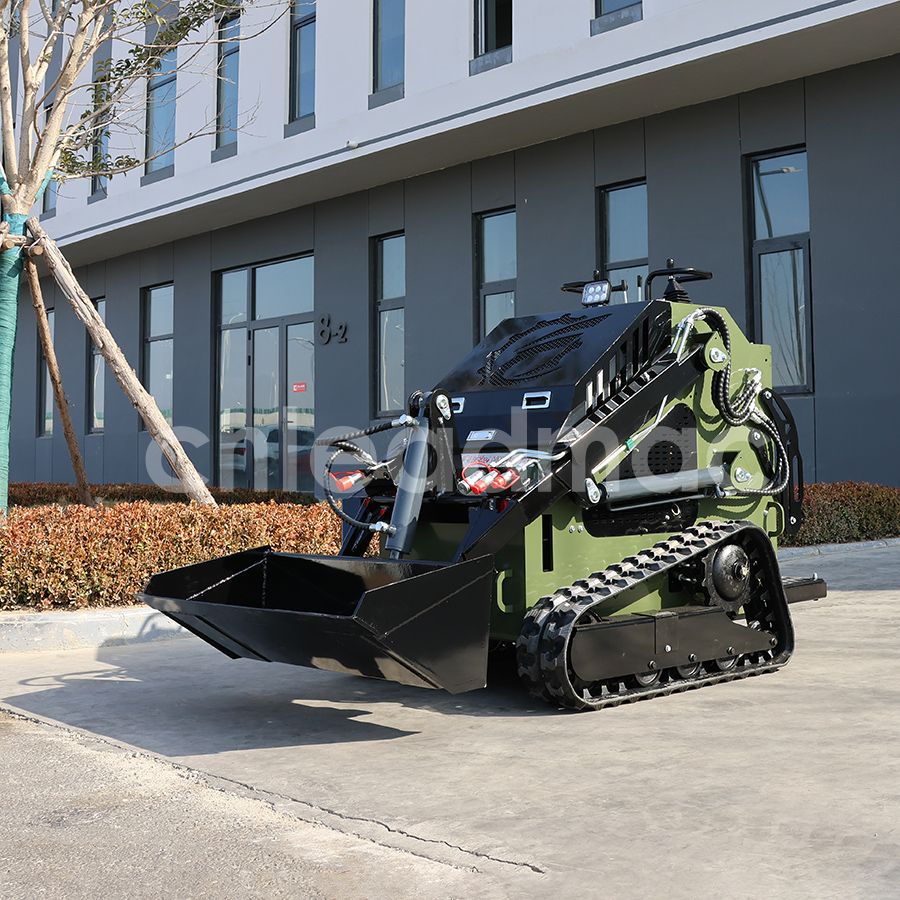 Which Skid Steer Loader Is Bes
Which Skid Steer Loader Is Bes
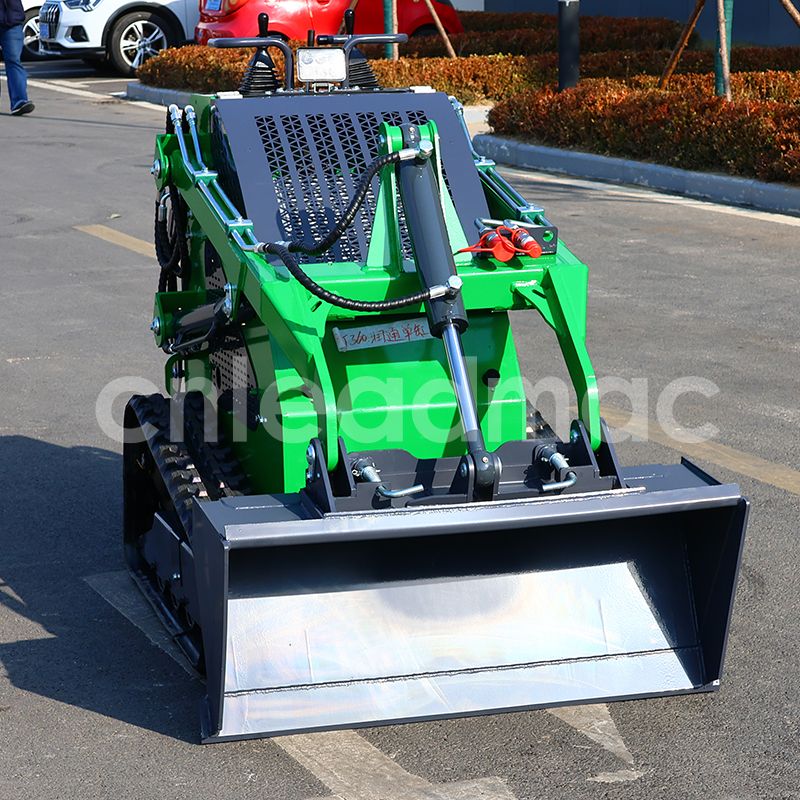 In Addition To Construction Si
In Addition To Construction Si
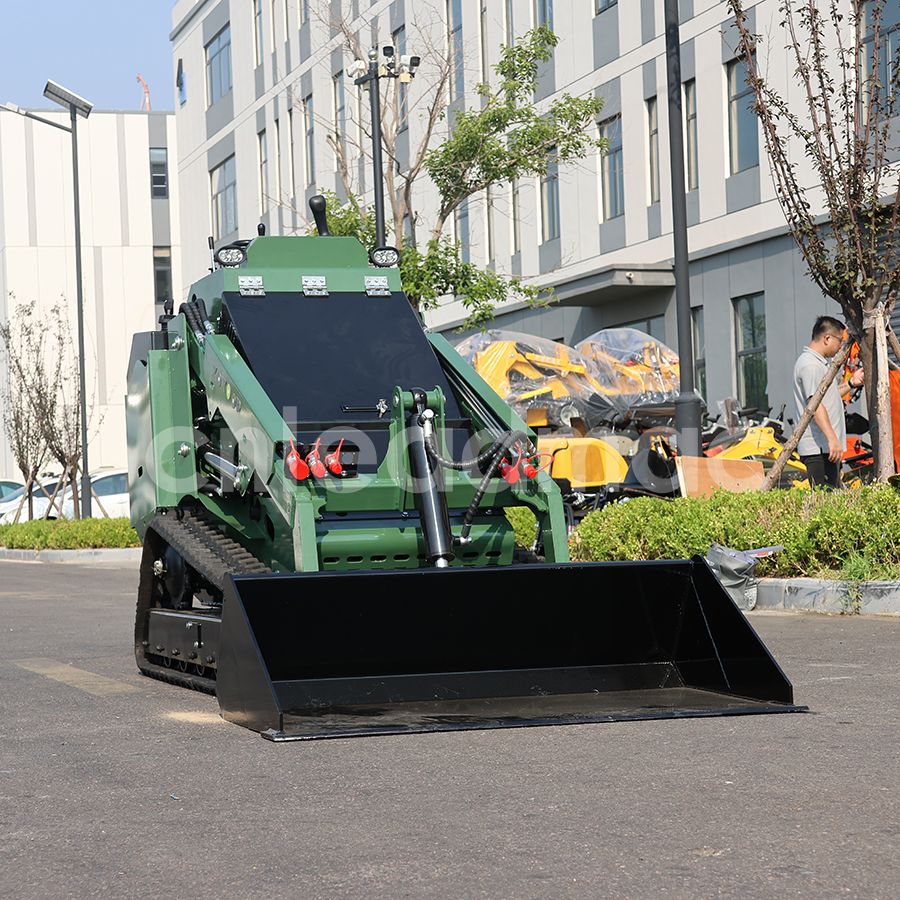 Storm Is Coming! A Complete Gu
Storm Is Coming! A Complete Gu
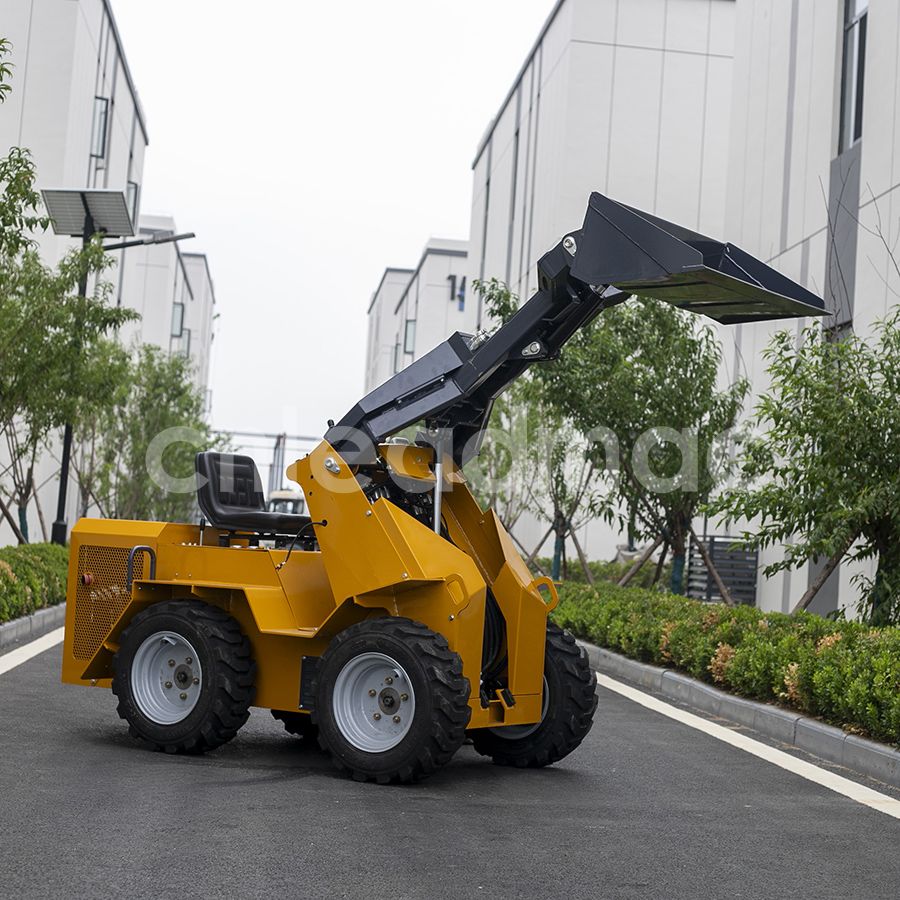 All-Round Capable, Fearless Of
All-Round Capable, Fearless Of